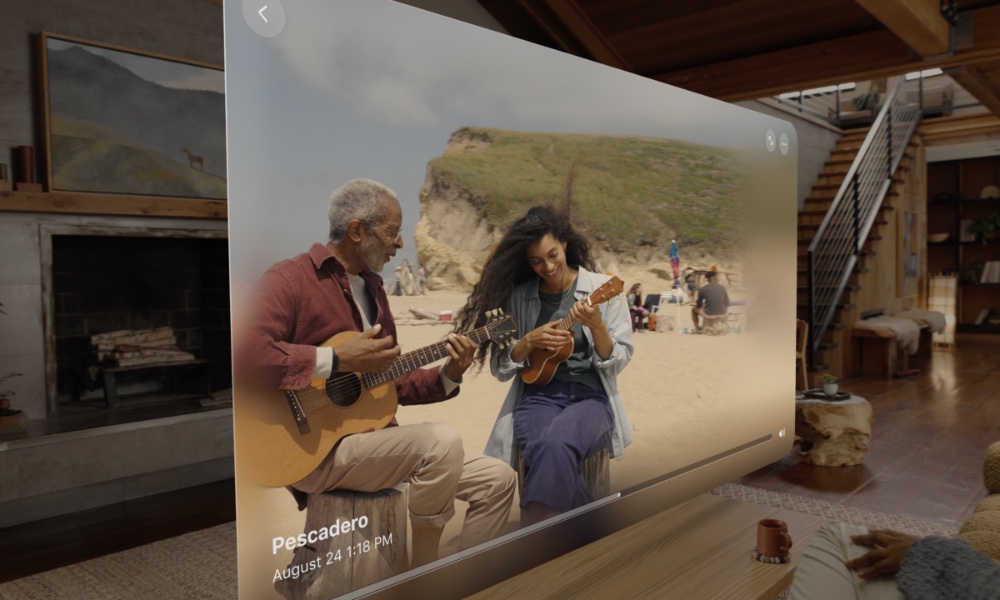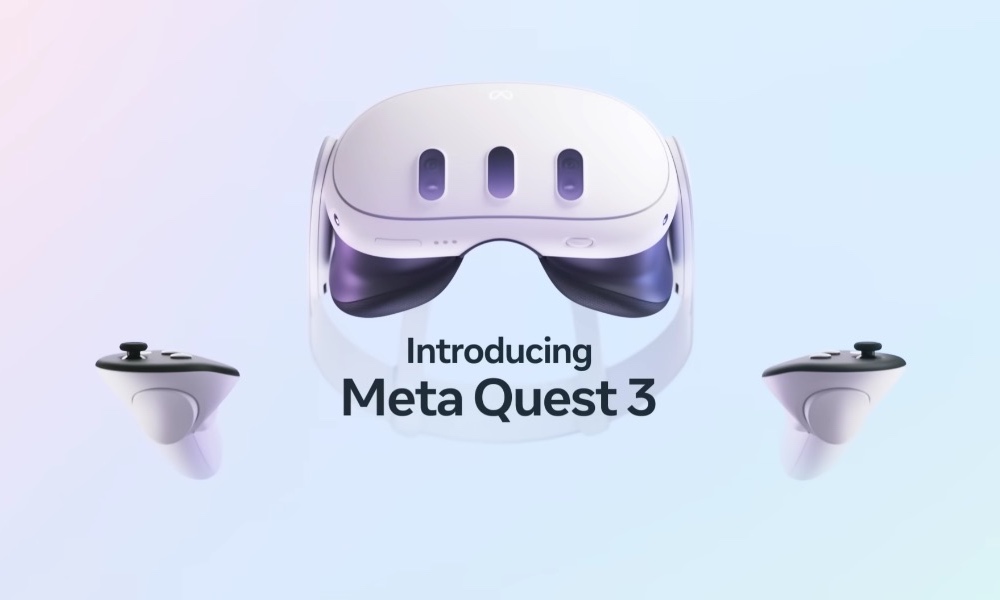You Won’t Need a Vision Pro to Watch Spatial Videos from Your iPhone

Toggle Dark Mode
When Apple unveiled the iPhone 15 lineup last fall, one of the features we didn’t see coming was Spatial Video Recording for the iPhone 15 Pro models. It took until iOS 17.2 for the feature to arrive, but that was still enough to give folks considering buying Apple’s new Vision Pro — or one of its eventual successors — a head start, letting them capture their holiday memories and other videos so they’d be ready to enjoy them on Apple’s new headset.
However, it turns out you won’t necessarily need a Vision Pro to make the most out of any Spatial Videos you’ve recorded on your shiny new titanium iPhone. While Spatial Videos can, of course, be viewed in 2D on any platform, several other companies are embracing the technology — and at a much lower cost of entry.
Last month, Viture, a maker of XR Glasses for gamers, told us that the Viture One XR Glasses are now ready to support Spatial Videos from the iPhone 15 Pro and iPhone 15 Pro Max directly in the company’s free SpaceWalker app — without any need to convert them first. Best of all, the $349 price tag is considerably more wallet-friendly than the $3,500+ Vision Pro.
Plus, while an iPhone 15 Pro model is necessary to record Spatial Video, Viture One XR owners can get the same experience by pairing the glasses with any relatively modern iPhone model, thanks to the company’s recently launched Gallery feature and hardware adapters.
The Viture One XR Glasses aren’t wireless; they need to be plugged into your iPhone, but iPhone 15 owners can plug in directly with a USB-C cable or add Viture’s USB-C charging adapter to take advantage of enhanced Spacewalker features and keep everything charged up while using the glasses. However, folks with older, Lightning-equipped iPhones will need to rely on an HDMI adapter for connectivity.
Although adding the adapters increases the price tag, Viture offers iPhone packs that provide the glasses and the necessary adapters for around $500.
At the time, Viture declared it the first and only XR experience for the iPhone, but unsurprisingly, it hasn’t taken long for others to jump on board. Today, Meta quietly pushed out a software update for its Quest Headsets, adding support for watching Spatial Video — only a day before Apple’s Vision Pro is set to go on sale.

From the Meta Quest release notes for build 62.0:
If you have an iPhone 15 Pro or Pro Max, you can now upload spatial videos to your Quest headset using the Meta Quest mobile app. Sample spatial videos are available for viewing on your Quest headset in the Spatial videos section of the Files app.
Meta notes that Spatial Video playback is currently limited to 20 minutes; it’s unclear if the Viture One XR Glasses have a similar limitation. However, it’s not mentioned anywhere on the company’s site, so we suspect not.
It’s also worth noting that even though Meta’s Quest update was announced today, it won’t start rolling out to headsets until sometime next week. It will also be a gradual rollout, so don’t be surprised if some of your friends get it before you do.
These features and enhancements will gradually become available starting the week of February 7, 2024 and will be pushed to Meta Quest 3, Meta Quest Pro and Meta Quest 2 headsets.
Of course, Apple’s Vision Pro does a lot more than play Spatial Videos. Still, if that was one of the primary reasons you were considering Apple’s pricey headset, it may be worth looking at the alternatives — and waiting for the others that will inevitably appear in the coming weeks.







